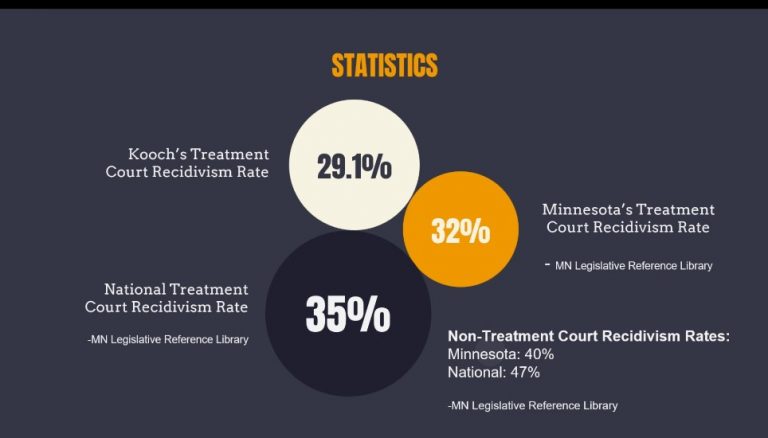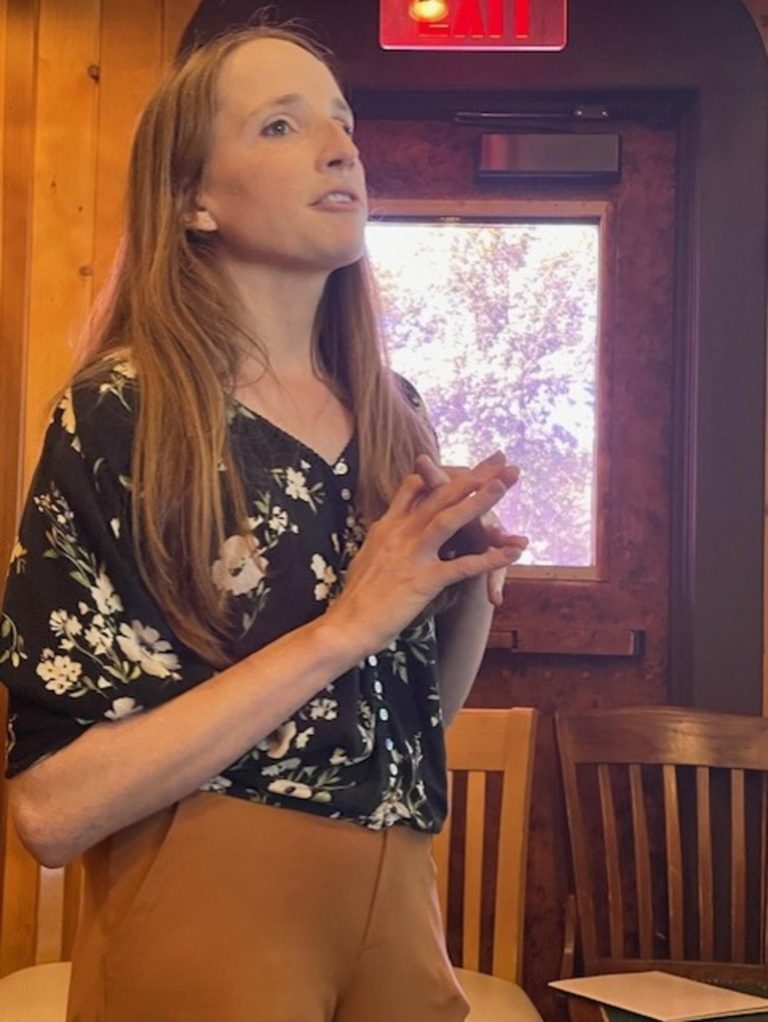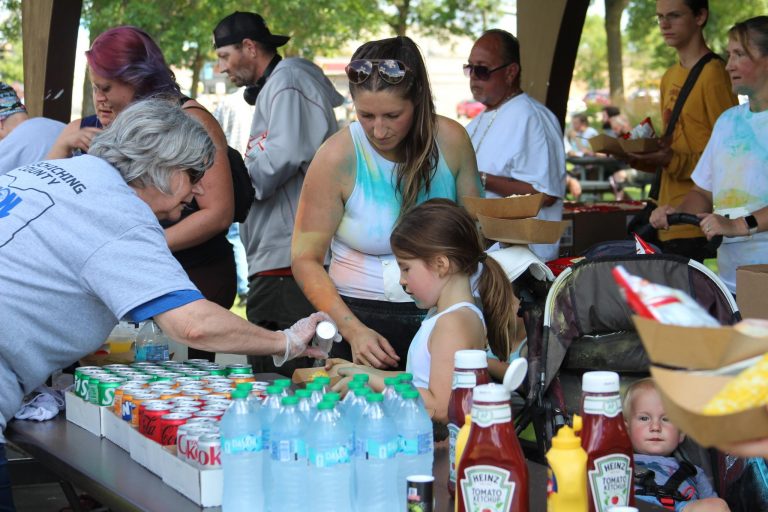Making a difference after 20 years
By LAUREL BEAGER
LBeager@cherryroad.com
In the community for 20 years, Koochiching County Treatment Court has affected the lives of the many people who have graduated from the program.
That was the message from two graduates, and other team members, who described the program Tuesday to the Koochiching County Board.
“Drug court changed my life,” Steven Waskul said, describing growing up exposed to criminal activity and recognizing himself as an addict at age 11. He is now 2 years and 21 days sober.
After his first arrest, he continued using drugs while on probation and joined Treatment Court later because traditional probation wasn’t working for him.
“I needed more accountability for my actions,” he said, adding it took a long time to make positive changes, which were eventually pushed by a loss of a career path and family struggles
He said he now knows that with his addiction is a need for mental health and financial stability.
“While a member of drug court, I completed my GED, I made strides in my mental health and became an active member of my sober community,” he said.
“Through treatment court and therapy, I was able to figure out who I was, and I like who I am today,” he said to applause.
To truly see the effect of Treatment Court, Waskul encouraged commissioners to attend a session of drug court and return seven months later.
“You will see the change in somebody,” he said. “It’s made such a huge difference.”
Katie Ness, a certified peer recovery specialist with Northland Counseling, connects with participants through shared experiences and assists and offers resources, adding she wished she’d had someone like her in her early recovery. She is now just over 3 years sober, she said.
Getting to where she is today wasn’t easy, she said, adding she’s started using drugs at age 14, after experiencing trauma and abuse, was in foster care, struggled with mental health issues, participated in self-harm. She became physically dependent at 21, and turned to intravenous use.
Getting charged with first-degree sale of drugs was a blessing in disguise, she said, because it eventually led to inpatient treatment, giving her a taste of sobriety. More criminal activity led to more jail time.
“This time I ran until Troy Rautio caught me,” she said of the lead probation agent. Jan. 19, 2022, was the last time she used drugs. She made the decision to change her life while in jail and wanted to be the best parent she could be. She either went to prison or Treatment Court and worked hard to get into the court.
“Because of Treatment Court, I was able to become the best version of myself,” she said.
The program
District Judge Jerrod Shermoen brought the presentation to the board and thanked the commissioners for the support of the county.
“This front-end treatment court is the best part of my job, by far,” he said, adding a 20-year anniversary celebration is planned for the end of July.
Shermoen introduced members of the treatment court, who he called a robust and dedicated group, which includes graduates of the court, and representatives of a wide variety of agencies.
Shermoen told the board treatment courts began in the late 1990s across the nation in answer to the United States having the highest rate of incarceration in the world.
“The question that was asked is ‘What are we doing wrong?’ because the recidivism rate nationally has hovered between 60 and 80 percent,” he said. “We are punishing people by putting them in prison, but it doesn’t seem to be working for changing behaviors.”
Treatment court first focused on the disease of addiction with a collaborative team approach with a wide view “to see if that works better and it does,” he said.
Koochiching County Treatment Court’s recidivism rate is at 29 percent, he said, noting the national treatment court recidivism rate is 35 percent.
Probation plays a huge role in the program, not just monitoring the participants but aiming to become mentors.
Treatment and mental health services are also a part of the program, and Shermoen said there are great local resources. Some members of the team are focused on life after stabilization to help explore career and education options.
Tom Dougherty, attending the meeting for another purpose, said it’s difficult to find people to hire. He hired a participant of Treatment Court, noting that the characteristics honed and developed by the program make good employees.
“The end goal is sobriety, self-sufficiency, law abiding, and contributing to our community,” Shermoen said.
Treatment court is not for everyone but is for people at the highest risk for recidivism. It is a five-phase program, that could be completed in about 18 months, but with the struggle of addiction, some people take longer. The average time is closer to 22-24 months, he said.
“The key… high intensity, high supervision, high accountability with us along the way trying to support them,” Shermoen said.
Shermoen shared a statement from a current participant that he said made clear the effect: “When I first started, I thought Treatment Court was here to just help keep be sober. I now realize Treatment Court is here to help me change my life.”
Addiction is recognized medically as a disease no different than diabetes and should be treated as such, Shermoen said.
Commissioners said they were proud of the graduates and encouraged the Treatment Court team to keep up the good work.




